Here on the blog, we ring in each October by honoring National Bullying Prevention Month—a nationwide campaign founded more than a decade ago by PACER’s National Bullying Prevention Center. This year, we’re bringing you 7 key priorities to focus on as you think about ways to prevent and resolve bullying situations in your school. We’ve also suggested a few blog posts, articles, and books to explore for further reading on this critical topic.
Has bullying been more of a problem, less of a problem, or about the same in your school this year? Tell us in the comments below!
Focus on acceptance in the early grades.
Bullying prevention starts with helping young children understand and accept diversity—the earlier the better. That’s why it’s so important to promote social acceptance in the critical early years of attitude development. If you teach young children, focus on laying a foundation of respect among all your learners.
 You might consider adopting a program like Making Friends, a field-tested, research-based social acceptance program for K–2 classrooms. Aligned with both DEC/NAEYC recommended practices and the English Language Arts Common Core State Standards, this proven program is a good way to boost students’ social and academic skills as you create a welcoming, inclusive, and culturally responsive classroom. The Making Friends Program helps you teach students to respect and accept each other’s differences through three methods:
You might consider adopting a program like Making Friends, a field-tested, research-based social acceptance program for K–2 classrooms. Aligned with both DEC/NAEYC recommended practices and the English Language Arts Common Core State Standards, this proven program is a good way to boost students’ social and academic skills as you create a welcoming, inclusive, and culturally responsive classroom. The Making Friends Program helps you teach students to respect and accept each other’s differences through three methods:
- reading diversity-themed stories and conducting brief whole-class discussions
- forming small learning groups that encourage children from diverse backgrounds to play and interact
- sharing the storybooks you read with families so they can continue discussions at home
Read this excerpt from the program for a more in-depth look at how attitudes are formed early in life, and what the implications are. And for a helpful look at key principles and strategies from The Making Friends Program, check out this blog post on 3 Ways to Help Young Children Respect and Accept Diversity.
Examine your own behavior and attitudes.
Children take their cues from the grown-ups around them, and sometimes teachers may unwittingly harbor attitudes and engage in behaviors that contribute to a culture of bullying. All teachers should check in with themselves from time to time to be sure they aren’t engaging in behaviors like persistent criticism, sarcasm, “teasing,” and scapegoating. If you’re not sure how your attitudes and behaviors are perceived by students, ask them in a way that protects their confidentiality. Student surveys can be a quick and easy way to gather student impressions and highlight potential improvements that teachers can easily make once they’re aware of the need.
For more information and some sample student surveys, read this newsletter article: Bullying Prevention Starts with the Adults. You’ll also find insights and strategies in this Abuse of Power article from the organization Learning for Justice.
Teach anger management strategies.
 Helping children manage difficult emotions like anger can prevent these emotions from escalating into problems like bullying. During class discussions or lessons on emotions, you can present some simple, helpful anger management strategies to your students and encourage them to try them in the classroom and at home. This blog post shares 8 anger management strategies to teach students, adapted from the social-emotional learning curriculum Merrell’s Strong Kids.
Helping children manage difficult emotions like anger can prevent these emotions from escalating into problems like bullying. During class discussions or lessons on emotions, you can present some simple, helpful anger management strategies to your students and encourage them to try them in the classroom and at home. This blog post shares 8 anger management strategies to teach students, adapted from the social-emotional learning curriculum Merrell’s Strong Kids.
Help students master reporting skills.
Some bullying situations go unnoticed and unaddressed because students aren’t sure how best to advocate for themselves. Help your students acquire the skills they need to report bullying by explicitly teaching them in the classroom. Try these effective teaching methods:
- Scripting. Provide students with short scripts that teach them what to say and do to advocate for themselves if they are bullied.
- Role playing. Ask students to practice and dramatize social-communication skills in a controlled small group. (Recording these sessions may help students analyze the interactions and identify key skills.)
- Video modeling. Show students videos of appropriate interactions and encourage them to imitate the social-communication behavior of the model.
- Social narratives. Give students clear descriptions of social situations, highlighted with visual icons and symbols to help guide appropriate behavior.
Turn bystanders into upstanders.
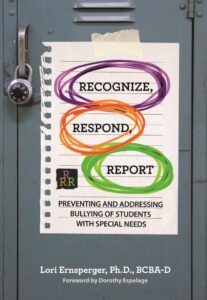 Bullying can be a deeply traumatic experience for any child—and the inaction and silence of their peers can hurt just as badly as the bullying itself. (Read this compelling short article about the impact of The Silence of Others.) Be sure your anti-bullying efforts include strategies for turning passive bystanders into active upstanders. The tip sheet below gives you a few helpful ideas for getting started, and Lori Ernsperger’s excellent book Recognize, Respond, Report offers even more practical guidance on this topic.
Bullying can be a deeply traumatic experience for any child—and the inaction and silence of their peers can hurt just as badly as the bullying itself. (Read this compelling short article about the impact of The Silence of Others.) Be sure your anti-bullying efforts include strategies for turning passive bystanders into active upstanders. The tip sheet below gives you a few helpful ideas for getting started, and Lori Ernsperger’s excellent book Recognize, Respond, Report offers even more practical guidance on this topic.
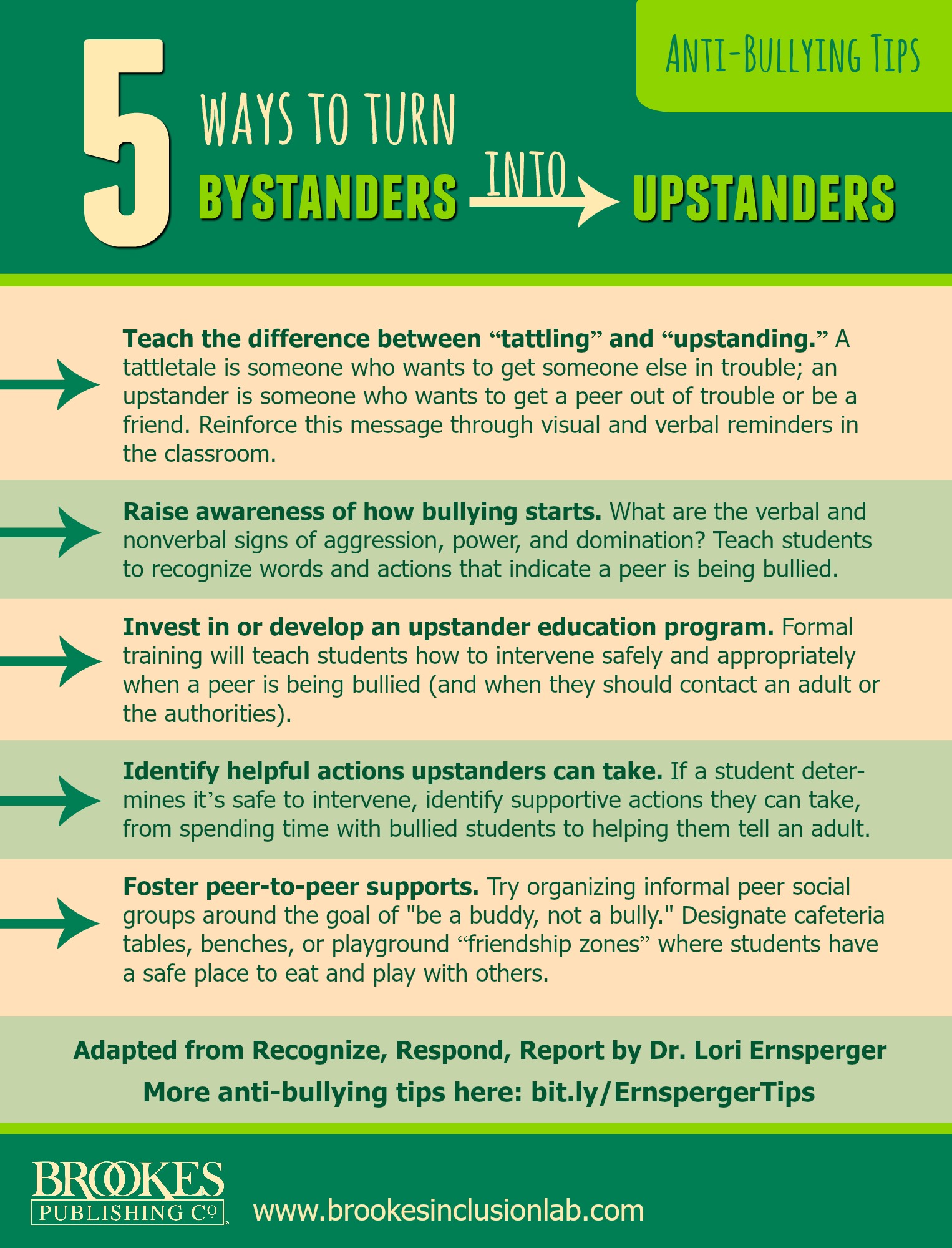
5 Ways to Turn Bystanders into Upstanders
Download the tip sheetEmbrace a mediation approach.
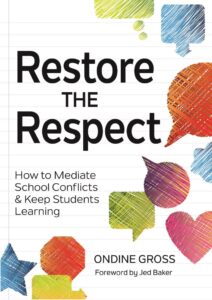 For a positive way to address bullying and reduce the impact of classroom conflicts, try the adult-led mediation approach outlined in Ondine Gross’s book, Restore the Respect. A highly-structured meeting led by a trained adult mediator, these mediation sessions can help two students understand each other’s perspectives and reduce or stop maladaptive behaviors stemming from conflict. The adult mediator will facilitate a conversation between the students, offer guidance, and help write an agreement or contract for the students to sign at the end of the meeting.
For a positive way to address bullying and reduce the impact of classroom conflicts, try the adult-led mediation approach outlined in Ondine Gross’s book, Restore the Respect. A highly-structured meeting led by a trained adult mediator, these mediation sessions can help two students understand each other’s perspectives and reduce or stop maladaptive behaviors stemming from conflict. The adult mediator will facilitate a conversation between the students, offer guidance, and help write an agreement or contract for the students to sign at the end of the meeting.
“I am a proponent of using trained adults to lead student mediation because the consequences of student conflict, harassment, and bullying are extremely serious,” Ondine Gross writes. “It is therefore critical for adults to carefully monitor the moods and actions of students, and adult-led student mediation creates such an opportunity.” Gross is careful to emphasize that not every student conflict lends itself to mediation—particularly in “clear cases of a powerfully aligned bully and a weaker victim”—but for students who are open to trying this approach, it can be highly effective. Read more about mediation here, and explore the book.
Create an inclusive culture.
By establishing a welcoming classroom environment in which all students feel like valued members, you can create a culture that discourages bullying behavior. Look at each student through the lens of strengths instead of focusing on perceived deficits. Set up informal peer social groups such as lunch bunches and designated ‘friendship zones’ where students who may be struggling with the social and communication demands at school can have a safe place to eat and play. And be sure that extracurricular clubs and sports team practices appeal to a diverse group of students and are made accessible to everyone. For more ideas, see this classic blog post on creating an inclusive culture inside and outside the classroom.
Has your school implemented an anti-bullying strategy that’s been especially effective?
Share it with us in the comments below—and for more guidance on bullying prevention and inclusion, check out the books that helped us create today’s post.
EXPLORE THE BOOKS
Recognize, Respond, Report, Lori Ernsperger
Inclusion in Action, Nicole Eredics
Restore the Respect, Ondine Gross
The Making Friends Program, Paddy C. Favazza, Michaelene M. Ostrosky, & Chryso Mouzourou, with invited contributors
Merrell’s Strong Kids Grades 3-5, Dianna Carrizales-Engelmann, Laura L. Feuerborn, Barbara A. Gueldner, & Oanh K. Tran
The Educator’s Handbook for Inclusive School Practices, Julie Causton & Chelsea P. Tracy-Bronson
Stay up to date on the latest posts, news, strategies, and more!
Sign up for one of our FREE newslettersMore posts like this

“Bullying prevention is not just a weeklong event in October”: Author Q&A with Lori Ernsperger
October 15, 2015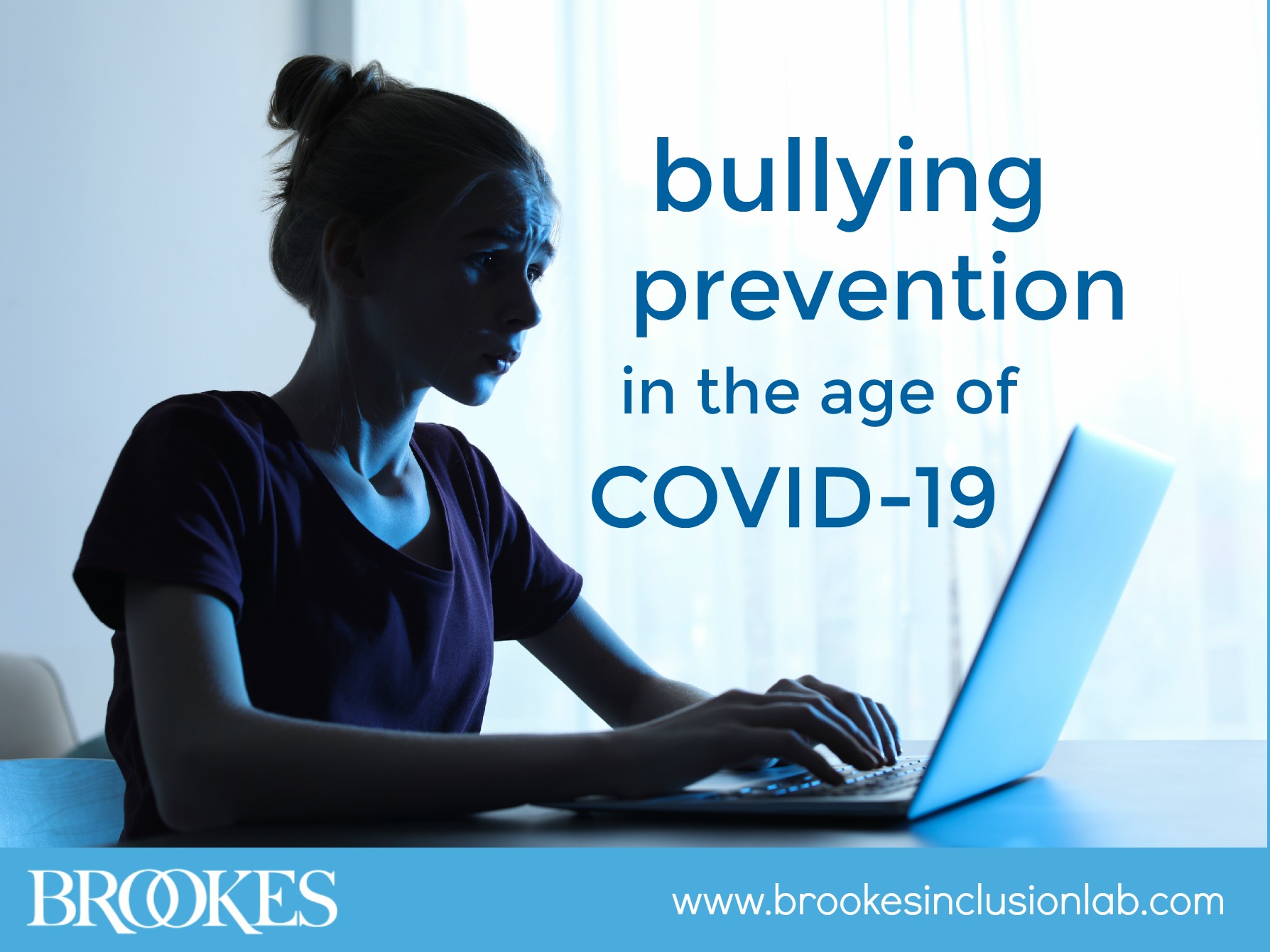
Bullying Prevention in the Age of COVID-19: 8 Resources for Teachers and Parents
October 6, 2020

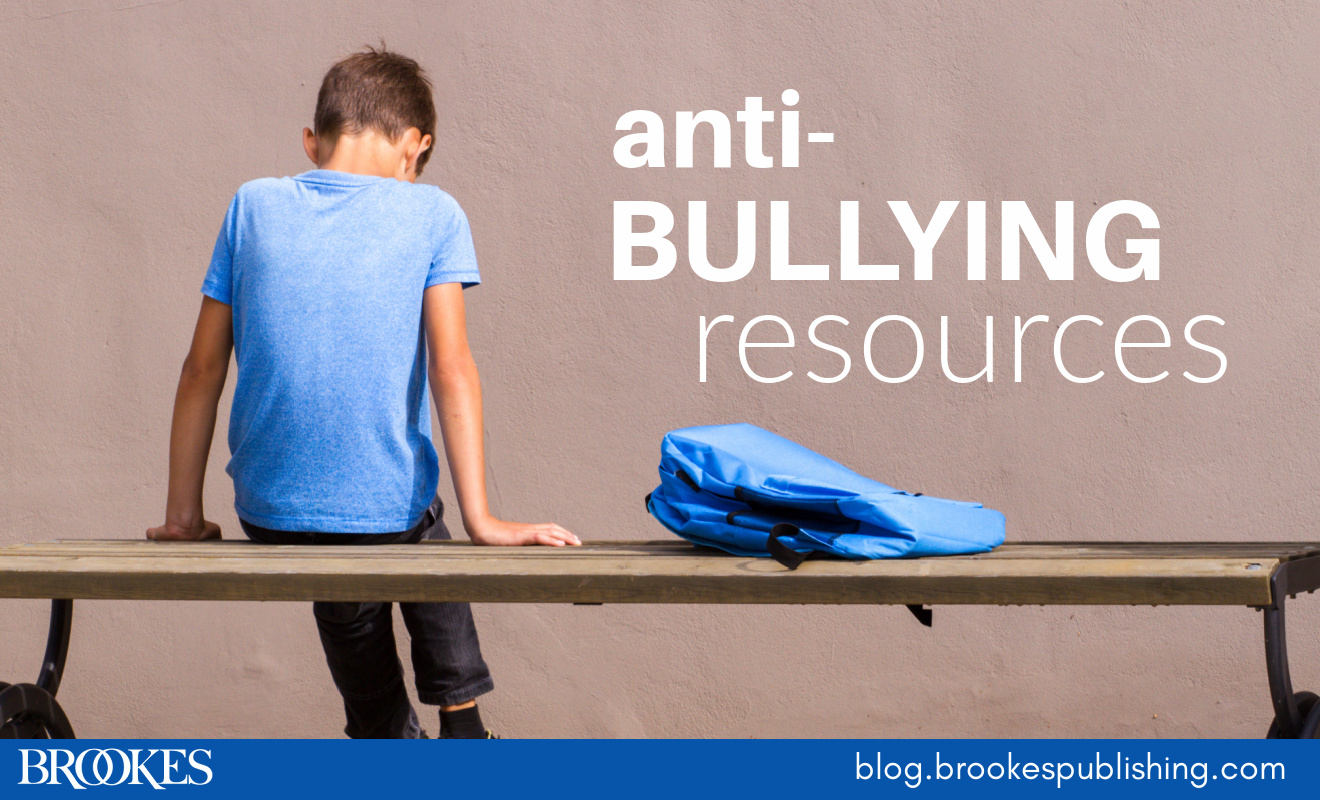
Write a Comment
Your email address will not be published. Required fields are marked *
Post a Comment